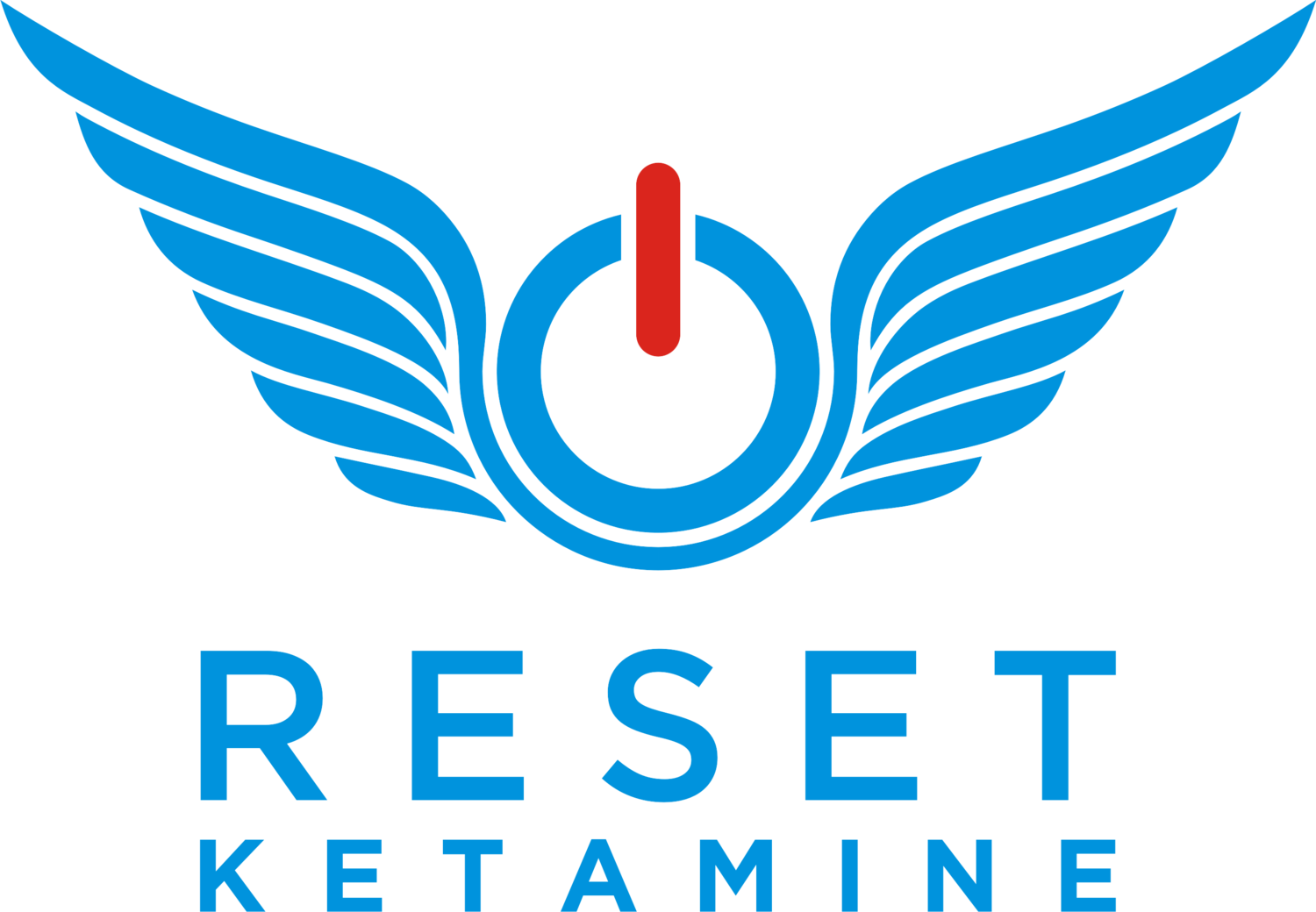Written by Brandi Kuhn and edited by Dr. Sam Ko
Pregnancy and birth can be an incredible experience for both mothers and their families. The last thing a new family might be thinking about after bringing home their newborn baby are feelings of depression and sadness. Having a baby can trigger a large array of emotions, including: joy, excitement, anxiety, and fear. What most mothers, and even new fathers are not expecting to feel, is depressed.
Around 70-80% of new mothers will experience postpartum blues (feelings of sadness or loss of interest). When this lasts longer than 4 weeks and includes more severe symptoms, it is considered postpartum depression (PPD). About 10-20% of new mothers will experience PPD. Postpartum depression will usually present within 4 weeks after delivery. Feelings such as sadness, loss of interest, significant weight loss or weight gain, insomnia or hypersomnia, fatigue or loss of energy, feelings of worthlessness or guilt, difficulty concentrating, and recurring thoughts of suicide may occur.
This is where ketamine comes in because various studies have shown that ketamine produces an antidepressive effect in patients with depressive disorders, such as postpartum depression.
Ketamine’s role in treating postpartum depression is extrapolated from the evidence behind treating treatment resistant depression (TRD). Ketamine works by blocking the N-Methyl-D-Aspartate (NMDA) receptor from activation by the glutamate neurotransmitter. Furthermore, it reduces the activity of the default mode network and increases brain-derived neurotrophic factor (BDNF) allowing for neuroplasticity. Ketamine may also increase the levels of serotonin and melatonin while decreasing levels of inflammation, which can contribute to the mother's well-being and antioxidant status. Now, some doctors are beginning to use it in patients with postpartum depression because of how quickly and effectively ketamine works in treatment-resistant depression.
In addition to being used as an anesthetic medicine during Cesarean section, ketamine can also reduce pain and other postoperative symptoms. Although ketamine has been determined to be safe and effective, it has not been determined whether it can actually help prevent PPD until a recent article published in Psychiatry Research in 2019.
Because mothers with postpartum depression exhibit altered glutamate levels that are very similar to other types of depressive disorders, researchers wanted to study the effects of ketamine for patients as a prophylactic medication, or preventative treatment. Accordingly, a randomized, blinded study was conducted with pregnant women who were undergoing C-section to answer the question:
Can Prophylactic Ketamine Help Reduce Postpartum Depression?
After a comprehensive screening, excluding patients with conditions such as unstable psychiatric disorders, hypertension, heart disease, or a history of drug or alcohol abuse, a total of 654 patients were included in the study. These patients were randomly assigned to one of two groups: the ketamine group (327 patients) or the control group (327 patients). Both the control and ketamine groups had standard pain/nausea medications given, but 10 minutes after delivery, ketamine (0.5 mg/kg) was administered via epidural in patients in the ketamine group. Furthermore, the ketamine group had additional ketamine administered via patient-controlled anesthesia (PCA) after delivery.
The results showed that the prevalence of postpartum depression was significantly lower in the ketamine group - 12.8% vs. 19.6% in the control group. The appearance of postpartum blues was also statistically significantly lower in the ketamine group than in the control group. Furthermore, there was a significant reduction of suicidal ideation in the ketamine group. The main side effects noted were higher rates of vomiting and dizziness, but no other psychotic symptoms such as paranoia, amnesia, or thought disorders occurred in the patients receiving ketamine.
Overall, ketamine administration resulted in a significant improvement in postpartum psychiatric disorders, as evaluated by the Edinburgh Postnatal Depression Scale. Furthermore, ketamine exerted an antidepressive effect in patients with moderate stress levels during pregnancy. Ketamine not only decreased the prevalence of PPD, but also the prevalence of postpartum blues. Most studies have shown that a single ketamine infusion may only last one to two weeks, hence the lowered presence of postpartum blues in the first week postpartum. The results of this study suggest that ketamine can reduce symptoms in the early stages after pregnancy, thereby reducing the risk of PPD.
Since ketamine produces an increase in serotonin and melatonin levels, the women that were administered ketamine showed signs of improved mood and stress levels. The use of ketamine as a preventative treatment for PPD has been shown to successfully lower the onset and duration of PPD. It is believed that 50% of women who develop postpartum depression began experiencing symptoms during pregnancy. This proves the case for early symptom-recognition, awareness, and access to ketamine treatment prophylactically for postpartum depression/blues.
Ketamine is a multipurpose drug that is continually being researched and patients who are undergoing C-sections may benefit from ketamine added to their treatment. If you know of any soon-to-be mothers or anyone who is suffering from postpartum depression, please feel free to share this article with them!



Pregnancy and birth can be an incredible experience for both mothers and their families. The last thing a new family might be thinking after bringing home their newborn baby is feelings of depression and sadness. Having a baby can trigger a large array of emotions, including; joy, excitement, anxiety, and fear. What most mothers, and even new fathers are not expecting to feel, is depressed.